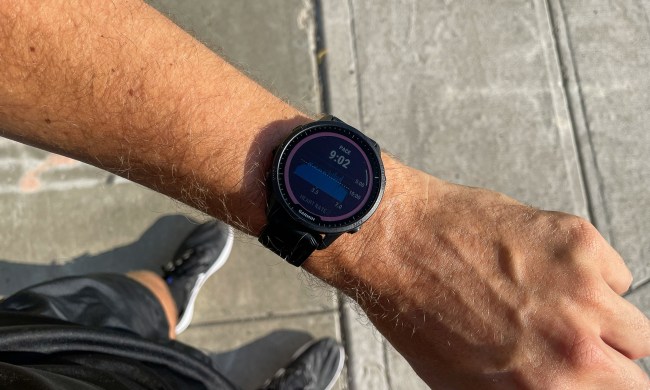
Sony’s patent application describes a pair of lenses with an organic electroluminescence display screen that allows you to view video, images, and other information. An onboard video recorder lets users record what they see with autofocus, exposure and aperture adjustment, and zooming to optimize the quality of the video.
Instead of recording a continuous stream like a car dash cam, the Sony contact lens can be controlled by the user with the blink of an eye. Embedded piezoelectric sensors can measure eyelid closure time, allowing it to differentiate between an average blink and extended blink for control. Wearers can use their blink to delete frames in a video recording and more. The lens also includes a gyro to detect when a user is tilting their head and can realign the video recording to the correct orientation. Last but not least is a power source that uses electromagnetic induction to keep the lens operating throughout the day.
Sony isn’t the only company looking to embed technology into eyewear. Samsung also revealed in a patent application that it is working on a competing smart contact lens with a built-in video recorder. In the medical field, scientists from the Swiss Federal Institute of Technology used their expertise to create a pair of contact lenses with 2.8x zoom designed to help users with degenerative eye diseases. Google also invented a contact lens that can be powered by the sun.



